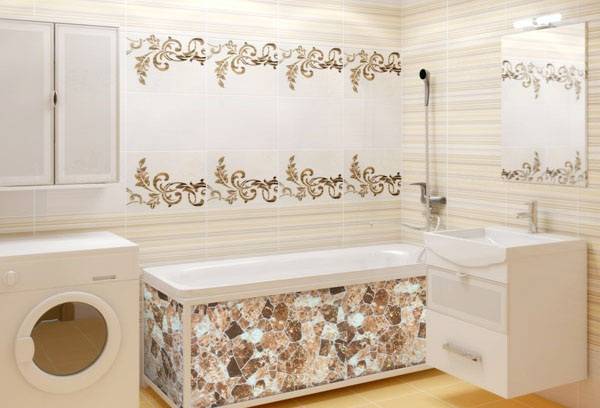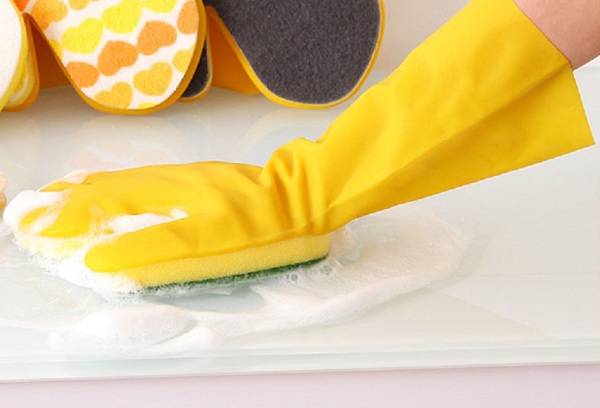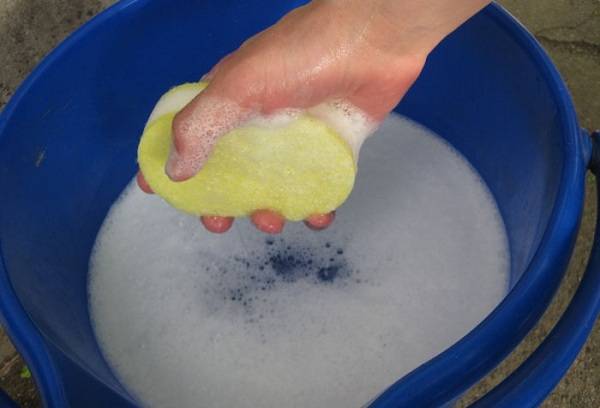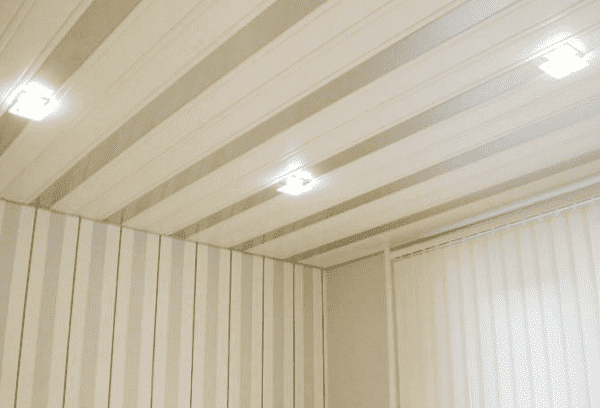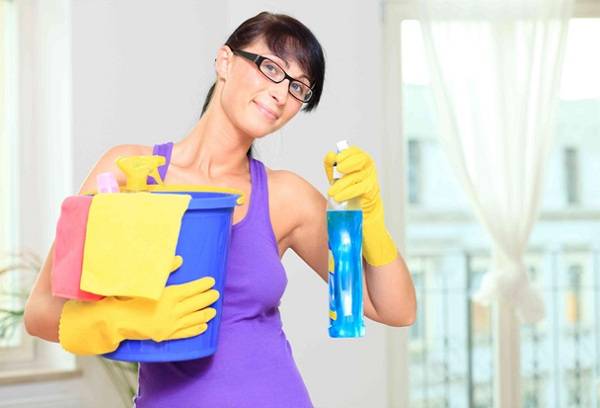How can I wash plastic panels?
Plastic - material resistant to wear and unpretentious in terms of care. If you regularly wash it with the most simple home cleaning products, then thorough cleaning with aggressive components will not be necessary. Particular attention should be paid to plastic surfaces and panels located in the bathroom.
Given the characteristics of the environment, they are often covered not just with traces of dust and dirt, without appropriate care, mold colonies and scale layers are formed on their surface. Eliminating education data is no longer so simple. In especially advanced cases, there is nothing left to do but replace the elements.
Rules for processing plastic panels in the bathroom
Choosing the option of influencing plastic panels, you need to remember about the features of the material. If you wash them with clean water, then the result is not something that will not be, the condition of the products will deteriorate even more. Given the environmental conditions in the bathroom, although plastic does not change in terms of texture, it becomes more susceptible to external influences. For these reasons, the following rules must be followed during processing:
- Any abrasives must be discarded. Their use can lead to scratches, in which the fungi then begin to multiply and it will be almost impossible to wash them. Only the mildest industrial formulations in the form of gels and home-made mixtures of certain reagents will be used.
- Hard brushes and metal sponges will also scratch plastic panels, ruining their appearance and shortening their life. It is best to wash products with soft, lint-free rags or small-pore sponges.
- Do not use several types of reagents at once. If one approach does not help, then the next can only be used after the surfaces are completely dry.
- After the cleaning has been carried out, the panels need not only to be washed thoroughly with clean water, but also to remove most of the moisture. Otherwise, stains will remain on the material, and the scum will return soon enough.
Tip: When working with surfaces in such a humid room, it is recommended to use not just tap water, but its distilled counterpart. If this option is not possible, the liquid must at least be filtered, insisted or boiled.
- Despite the fact that modern household chemicals are positioned as safe for this type of raw material, it is better to process plastic surfaces in the bathroom with the help of proven folk remedies, in which there are no dubious additives.
It is necessary to wash all elements made of plastic in the kitchen, in the bathroom and in the bathroom at least once a month. This will prevent the formation of persistent mud deposits, prevent the propagation of pathogenic microflora.
Effective homemade products for removing dirt, mold, scale
There are several options for preparing an effective and safe mixture with which you can process plastic panels. Some of them allow you to wash dirt and scale without hassle, while others also disinfect the material and update its appearance. It is only necessary to strictly take into account the recommended proportions and wash the contaminated surface in accordance with all the rules:
- For a teaspoon of baking soda, take the same 3-9% vinegar and 5 drops of essential oil (lemon or orange). We mix all the listed ingredients and dilute them with a glass of a little warm water. Once again, we mix everything very carefully, in the resulting solution we moisten the sponge and process problem areas, after which we thoroughly wash off the composition.With this tool you can wash even those plastic panels that are covered with a dense layer of dried mud, which can no longer be handled. After such a treatment, an atmosphere of freshness will reign in the bathroom.
- We take half a glass of liquid Castilian soap (this is a special composition, which is 90% olive oil), a teaspoon of lemon juice and a tablespoon (without a hill) of potato starch. Mix the ingredients and dilute in half a glass of clean water. The product is applied to contaminated surfaces and left for five minutes, after which you can wash the plastic. Be sure to wipe all treated surfaces with clean water after achieving the desired result. This product can handle all surfaces and elements in the bathroom.
- Take a teaspoon of citric acid and 5 ml of medical alcohol (a best measure with a syringe) on a tablespoon (with a slide) of grated soap on a coarse grater. We combine all the components listed, part with half a glass of hot water and carefully knead until the components dissolve. To wash stubborn dirt, you can apply the product on plastic panels and wait 10 minutes, but this is usually not required, dirt and scale descend from the surface without any problems.
- To clean the shiny areas, you can take a teaspoon of potato starch and baking soda, dilute them in half a glass of warm water. The resulting product needs to be washed not only in problem areas, but in all areas potentially in the bathroom that are potentially prone to this type of pollution. Immediately after cleaning, wipe the plastic panels with clean water and wipe with a dry cloth.
If the dirt does not disappear, and small scratches and roughness clearly appear on the surface, you should consider updating the plastic parts in the bathroom, as achieving perfect cleanliness against mechanical damage is almost impossible.
